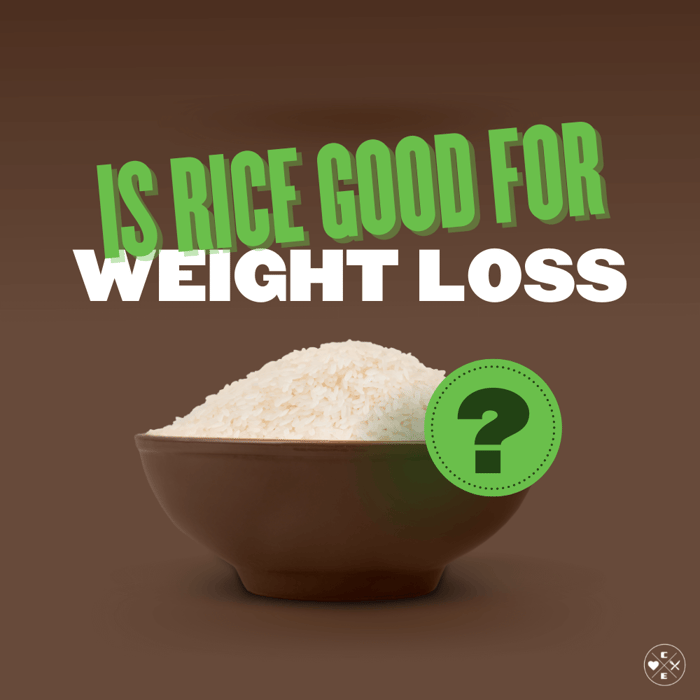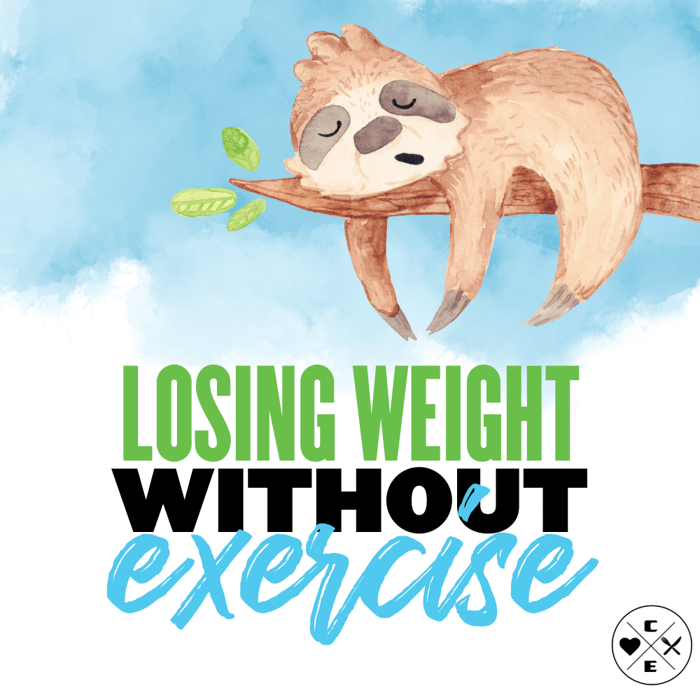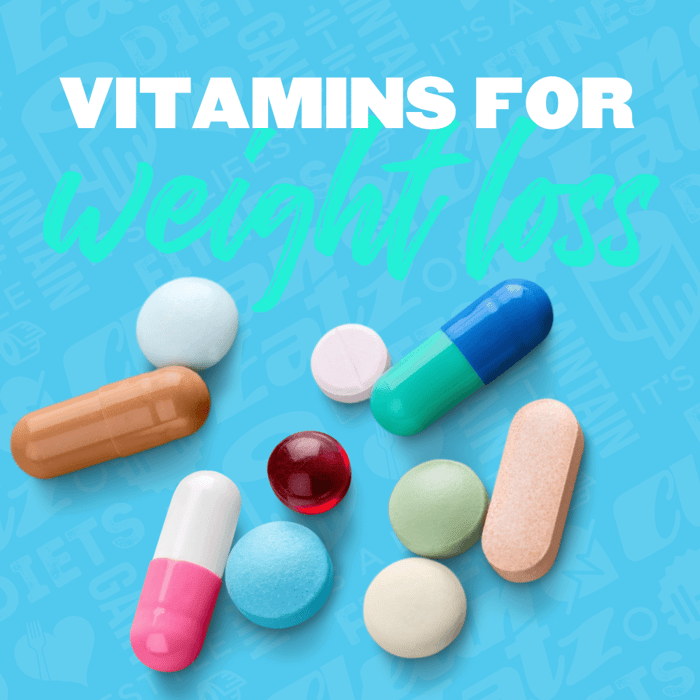Last updated: September 11, 2025
Short answer: Can be—rice can fit a weight-loss plan when you measure portions, add protein, and build the plate with fiber-rich vegetables. Calories depend more on portion size than on the type of rice. Aim for a measured serving, choose cooking methods that don’t pile on oils, and pair rice with lean proteins and produce for better fullness and steadier energy.
Why Rice Can Fit a Weight-Loss Plan
- Easy portion control: cooked rice measures cleanly in cups or by weight.
- Versatile base: pairs well with lean proteins (like chicken, fish, tofu, or beans) and plenty of vegetables, creating balanced, filling meals.
- Budget-friendly & convenient: shelf-stable, freezer-friendly, and quick to prep.
Done-for-you option: Keep calories and protein on target with our Weight-Loss Meal Plan, or customize your week with Build-a-Meal Plan. For easy proteins, try our High-Protein Box.
Calories & Portions (What to Measure)
Approximate values—always check your package and log the portion you actually eat.
- 1/2 cup cooked rice ≈ 100–120 kcal
- 1 cup cooked rice ≈ 200–240 kcal
Portion tip: Start with 1/2 cup cooked as your default side, or 3/4–1 cup if rice is the main carb in a balanced bowl. Add more low-calorie volume with non-starchy vegetables.
White vs. Brown vs. Basmati vs. Jasmine (GI & Fiber)
- White rice: similar calories to brown; softer texture and typically lower fiber.
- Brown rice: more fiber and other nutrients; nuttier flavor; calories per cooked cup are similar to white.
- Basmati: available in both brown and white varieties; long-grain with a fragrance; some varieties have a comparatively gentler glycemic response than white rice.
- Jasmine: available in both brown and white varieties; aromatic long-grain; tender and fluffy.
GI tip: Including whole grains like brown rice as part of a balanced diet may support healthy weight management. Pairing rice with a lean protein and vegetables also helps create a more nutrient-dense, balanced meal.
Is Rice Good for Weight Loss? How to Build the Plate
- Measure the base: 1/2–1 cup cooked rice per meal (or mix 1/2 rice + 1/2 cauliflower rice for extra volume).
- Add lean protein (15-30g): chicken, fish/shrimp, tofu/tempeh, egg whites, or beans.
- Load veggies: stir-fry, roasted, or raw—this boosts fiber and fullness.
- Flavor smart: herbs, citrus, spices, and sugar-free sauces (which can boost flavor without the added calories); measure oils (1–2 tsp) and dressings.
Common Mistakes & Easy Fixes
- Free-pouring: eyeballing rice often doubles calories—use a measuring cup or scale.
- Oily cooking: fried rice or generous oil turns a light side heavy—steam, boil, or sauté with minimal oil.
- No protein: rice alone won’t keep you full—add a lean protein and veggies.
- Sauce overload: sugary or creamy sauces can add 100–300 kcal—measure and choose lighter options.
Simple Bowl Ideas (≈400–600 kcal)
- Lemon-Herb Chicken & Rice: 3/4 cup rice, 5 oz grilled chicken, zucchini & peppers, lemon, parsley.
- Shrimp Veggie Stir-Fry: 1/2 cup rice, 5 oz shrimp, broccoli/snap peas/carrots, ginger-garlic, splash of low-sodium soy.
- Tofu Edamame Power Bowl: 3/4 cup rice (or half rice/half cauli-rice), 4–5 oz tofu, 1/2 cup edamame, cabbage slaw, sesame-lime dressing (measured).
Prefer simple, ready-to-eat meals? Explore our Weight-Loss Meal Plan or build a week with Build-a-Meal Plan.
FAQs
Is rice good for weight loss?
It can be—when you measure portions and pair rice with lean protein and vegetables. Calories are driven by serving size more than rice type.
Is white or brown rice better for weight loss?
Both can fit into a healthy plan. Brown rice has more fiber and nutrients, which can help you stay fuller longer, while white rice is softer and easier to digest.
How much rice should I eat to lose weight?
It's all about the calories. Start with 1/2 cup cooked as a side or 3/4–1 cup cooked in a balanced bowl. Adjust based on your calorie target and activity.
Can I eat rice at night?
Yes—total daily calories matter most. Keep portions measured and include protein and vegetables for better satiety.
What about sushi rice?
Sushi rice is often lightly sweetened. Enjoy it mindfully by measuring portions and balancing the rest of your day’s carbs.
Next Steps
Use rice as a measured carb source inside protein-forward, veggie-heavy meals. For a simpler path, try our Weight-Loss Meal Plan or customize a week with Build-a-Meal Plan.
References
1. U.S. Department of Agriculture, Agricultural Research Service. FoodData Central: Rice, brown, long-grain, cooked (FDC ID 168882). Accessed October 26, 2025. https://fdc.nal.usda.gov/food-details/168882/nutrients
2. Harvard T.H. Chan School of Public Health. Rice. The Nutrition Source. Accessed October 26, 2025. https://nutritionsource.hsph.harvard.edu/food-features/rice/
3. Mayo Clinic Health System. Are You Getting Too Much Protein? Accessed October 26, 2025. https://www.mayoclinichealthsystem.org/hometown-health/speaking-of-health/are-you-getting-too-much-protein




